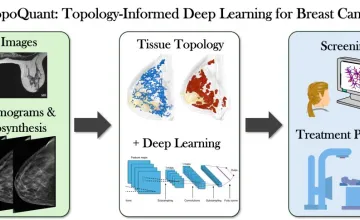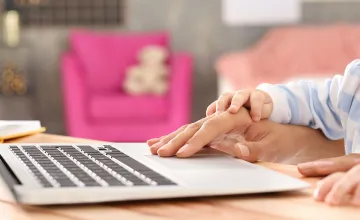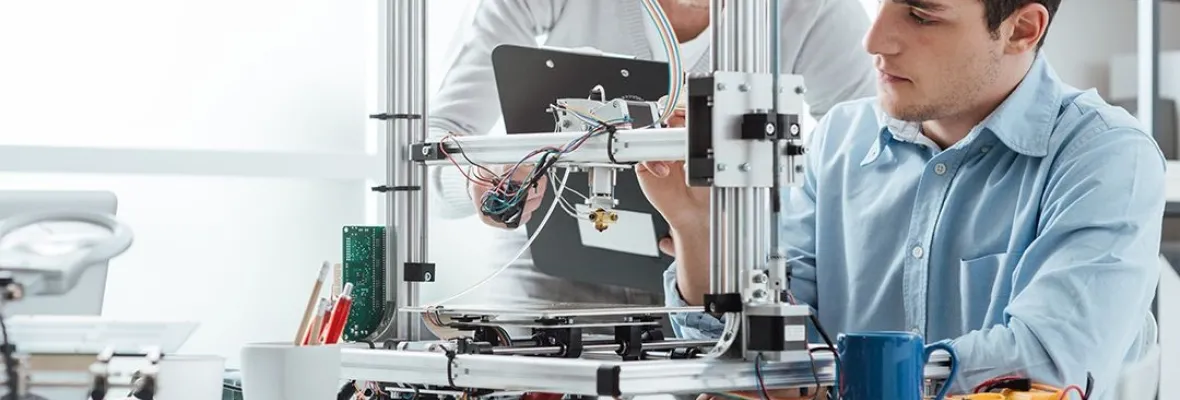AAU universities conduct a majority of the federally funded university research that contributes to our economic competitiveness, health and well-being, and national security. AAU universities are growing our economy through invention and innovation while preparing the next generation of scientists and engineers for global leadership. By moving research into the marketplace AAU universities are helping to create jobs, and provide society with new medicines and technologies.

UMD geologists uncovered evidence of a section of seafloor that sank into the Earth's mantle when dinosaurs roamed the Earth; it's located off the west coast of South America in a zone known as the East Pacific Rise.

Novel research supported by NCI could lead to more specific predictive disease models

A new University of Kansas study reveals parents seeking health care information for their children trust AI more than health care professionals when the author is unknown, and parents rate AI generated text as credible, moral and trustworthy.

Hypertension and amyloid plaques can separately cause dementia. Having both increases a person’s odds of developing cognitive decline, a new study finds
Explore More: University Research
You can filter stories by the university.
A Michigan State University researcher is examining the antimatter and questions surrounding its existence.
A new study by researchers at Michigan State University and Portland State University has found that when there’s an imbalance in support among nurses at work, tempers flare and risk of injuries can go up.
An Emory University study shows that males gain a slight advantage in mental-rotation performance during the first years of formal schooling, and this advantage slowly grows with age, tripling in size by the end of adolescence.
Researchers at the University of Wisconsin–Madison have developed a prototype system that maps out trends in antibiotic resistance across Wisconsin.
By exposing mice to a unique combination of light and sound, MIT neuroscientists have shown that they can improve cognitive and memory impairments similar to those seen in Alzheimer’s patients.
